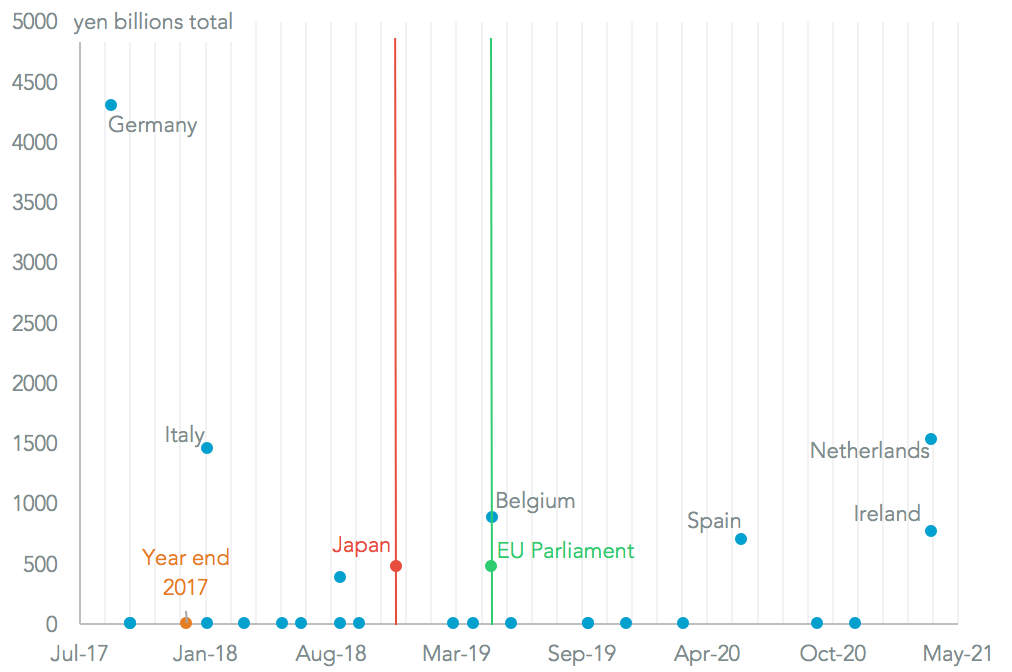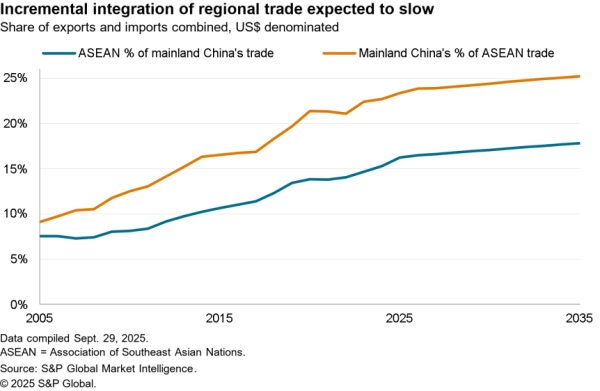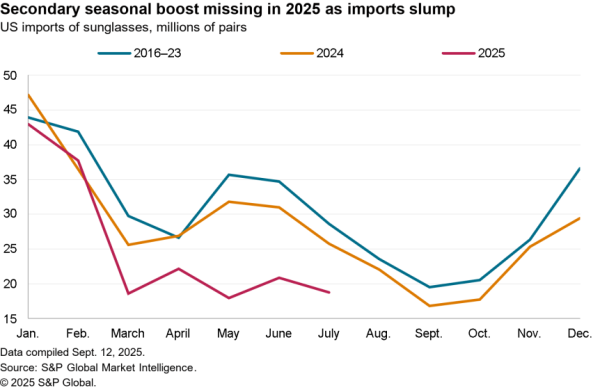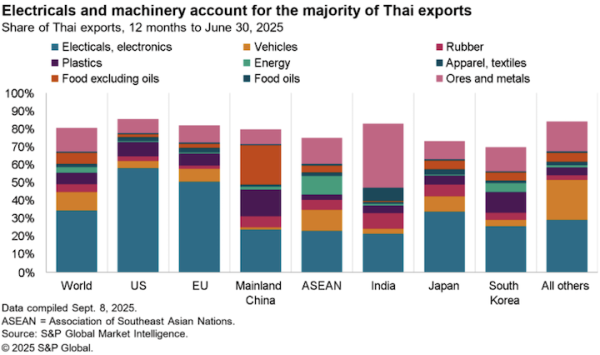The European Commission and Japanese government have provided details of their “Economic Partnership Agreement” (EPA). A full technical deal will only be completed by year end. While as a modern trade deal this will include services, procurement, and dispute mechanisms, the headline is that it removes 1 billion euros ($1.14 billion) of tariffs on the EU side.
The cuts will apply to 99% of products, though it will only be phased in over the next 15 years. For context trade between the two reached 16.3 trillion yen ($143.7 billion) over 12 months to May 31, Panjiva analysis of Japanese government figures shows. That was was 2.8% lower than a year earlier despite a recent rebound as outlined in Panjiva research of June 19. The tariff reductions are therefore worth around 1% of total trade, though the real value from EPA comes from increased exports by both countries.

Source: Panjiva
The deal represents a clear positive for global geopolitical efforts, typified by this week’s G20 Summit, to ensure continued trade liberalization. However, the rush to reach a ministerial agreement masks the significant remaining hurdles to passage of the deal. The largest of these may be the approval of a signed deal. Assuming EPA is declared as a mixed deal it will need full approval of the EU member states.
The CETA deal with Canada is instructive here, as a deal in principle was reached before July 2016, but did not receive European Parliament approval until February 2017 due to member state objections. CETA is also still subject to ECJ review and has not yet been ratified by all the member states.
In that regard the EPA also faces the challenges of forthcoming elections in national parliaments, with 10 elections due before the Japanese national elections to the House of Representative in December 2018. There are also EU Parliamentary elections in May 2019. A final complication is that the U.K. is still a part of the EU customs area, but will leave in March 2019.

Source: Panjiva




